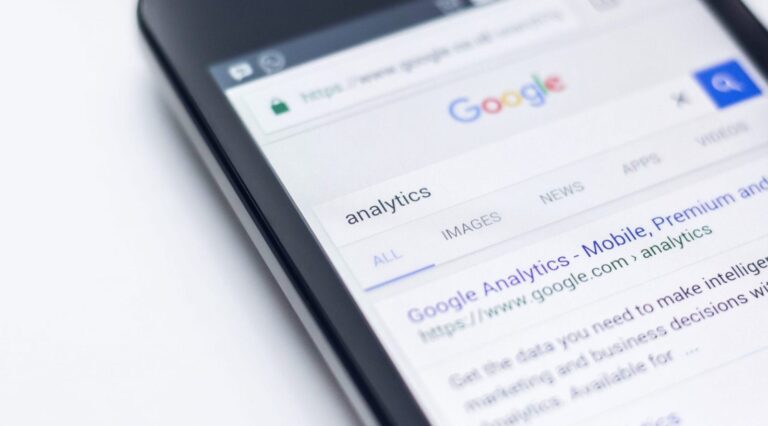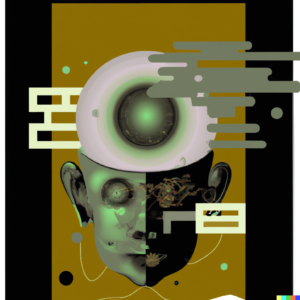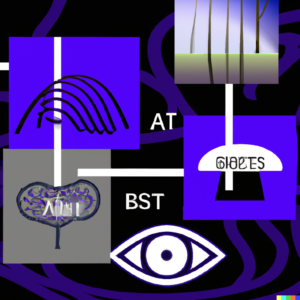The field of Artificial Intelligence is littered with technical terms. To a beginner, it can seem more than a little daunting. To help cut through and make it easier for you we’ve created an easy-to-understand AI dictionary. Our AI dictionary is designed to help marketers better engage with AI in their roles.
We’ll update it with new terms to keep you in the loop so you can always be on top of the latest must-know terms as you progress on your journey into Artificial Intelligence and AI analytics!
Let’s dive in!
Artificial Intelligence
If the term “artificial intelligence” brings to mind images of the Terminator, there’s no need to worry! While sci-fi movies love to portray AI as something to be feared, in reality, artificial intelligence is already a part of our daily lives!
So what is Artificial Intelligence really?
Simply put, AI is the science focused on the ability of machines to perform or simulate tasks commonly associated with humans.
There are many branches of capability in AI, including machine learning, neural networks, natural language processing, and robotics.
Machine Learning
Machine Learning and AI are often terms heard together because of the way they’re so intertwined! In reality, machine learning is a branch of AI.
Machine learning automates analytical capability, with the use of algorithms that allow a machine to translate, execute and investigate data. By generating analytical models the machine can learn from data, identify patterns and make decisions. These models allow us to make predictions and generate insights from the data relationships machines discover.
Deep Learning
Following in machine learning’s footsteps, deep learning is a subfield of machine learning, inspired by the structure of the human brain. It takes its inspiration from the structure of our brain’s neuron, an “artificial neural network” that can then discover and learn in an unsupervised manner. In this way it can be viewed as making its own intelligent decisions about relationships discovered in data patterns. Deep learning is able to parse through data to amplify even the most minute patterns, giving rise to more complex predictions.
Neural Nets
Made to mimic the human brain, neural nets present as networks capable of complex, intelligent thought. Comprised of a series of algorithms, neural networks refer to systems of neurons (similar to those in brains). These nets can be extremely helpful and have been broadly adopted across many different industries!
Natural Language Processing (NLP)
Natural Language Processing is a branch of AI that concerns itself with the manipulation of natural language (such as speech or text). NLP gives machines, the ability with which to read, understand, and find meaning in the languages we use to communicate.
Data Analytics
On a general level, the field of Data Analysis encompasses the process of collecting and then organizing data through inspection, cleansing, transformation, or modeling in an effort to discover insights about the data, find patterns, or make informed conclusions about what it can reveal.
Data analytics, unlike machine learning, is not automated, it relies on a human to develop an assumption, and query data to generate the analytical insights. It is a static approach to generating intelligence from data, but highly limited due to the reliance on human direction and instruction, and does not learn from the raw data or mimic a human cognitive ability.
Concepts and Insights
Whenever analysis unearths information and knowledge as it relates to a particular set of data, you get concepts and insights! Concepts and insights are the results of the interpretations marketers and individuals make when they analyze data sets. Often, when done manually, this is a long arduous process; when a tool such as AI is used, this can happen in minutes and is performed automatically!
Predictions
Most marketing operates on predictions and forecasts. AI delivered predictions are tailored and are sourced from data that is analyzed quantitatively to reveal patterns that allow predictions to have bigger impacts when it comes to advertising, and targeting their marketing messages appropriately.
Audience Model
An audience model is how you can pre-test ad creative by judging it against trends gleaned from data. The large swaths of data that are collected about individual consumers all have an influence over whether or not specific marketing strategies will be successful. Building an audience model that uses that data to allow for testing with specific inputs, not only lets you validate your creative, but also teaches you about your own consumer base!
Confidence and Probability
Confidence and probability are indicators of the certainty of a specific prediction occurring. Specifically, in relation to an audience model, they can offer a value of accuracy to every test made. The better the data that is used to build the model, the better the model, and therefore, the better the confidence!
Questions? Contact our Customer Service team at any time to learn more or ask us any questions!




